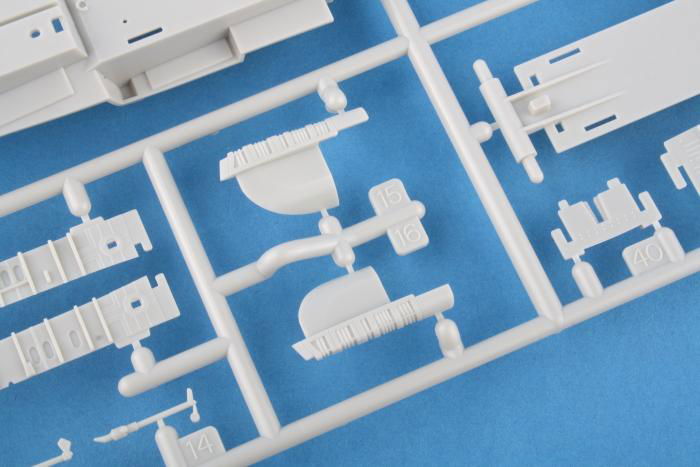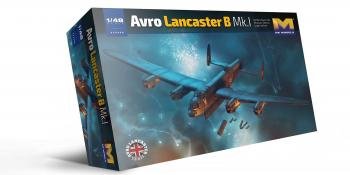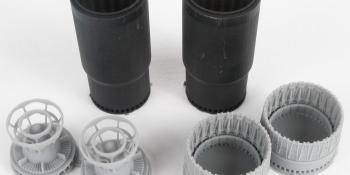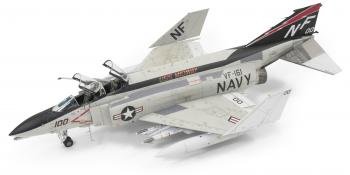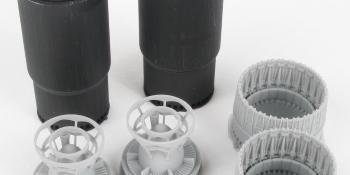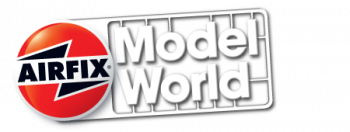BEST EVER BRAVO?
Tamiya has been full of surprises this year, first with the announcement of a newly tooled 1/48 naval F-4B Phantom and then providing the modelling media a ‘white box’ pre-production test-shot sample with little fanfare.
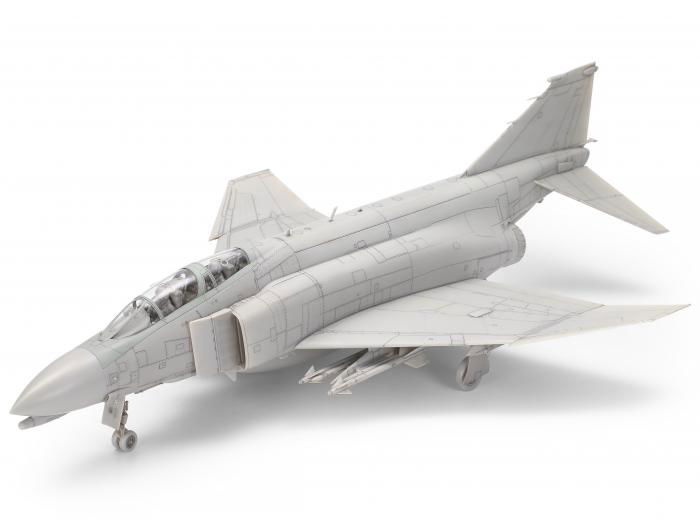
Anticipation regarding this first iteration (61121) in what looks to be a series of quarter-scale short-nosed Phantoms has been high, and modellers will be delighted with the refinement on offer, as these preview photos attest. There are 20 styrene runners in all, with duplicates to cater for the exhausts and weapons (the latter are a repeat of the frame from the firm’s F-14, albeit without the AIM-54 Phoenix). Open/closed canopies are provided, with some of the most elaborate moulded styrene protection yet seen for transparencies in a kit. Other options include raised/lowered outboard wings, ailerons and airbrakes, and Tamiya has supplied two seated crew figures dressed in full flying gear.
Starting with the exterior, the panel demarcations and rivets are represented as fine recessed lines and indentations respectively, with several separate sections to allow for multiple variants. Perhaps the most extreme example is the separate forward right-hand fuselage, which features a US Navy-style probe-and-drogue refuelling point (which can be fitted either open or closed) and enables Tamiya to easily issue a later boxing with a revised fuselage for USAF variants. This is combined with a separate upper spine which, in this boxing, is mainly blank, but in other variants could include a boom receptacle – it fits neatly along panel lines, eliminating the need for filling a longitudinal seam as is needed on many other Phantom kits.
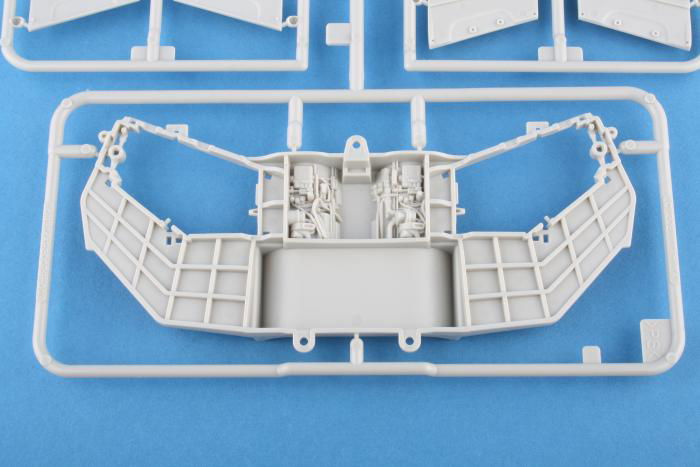
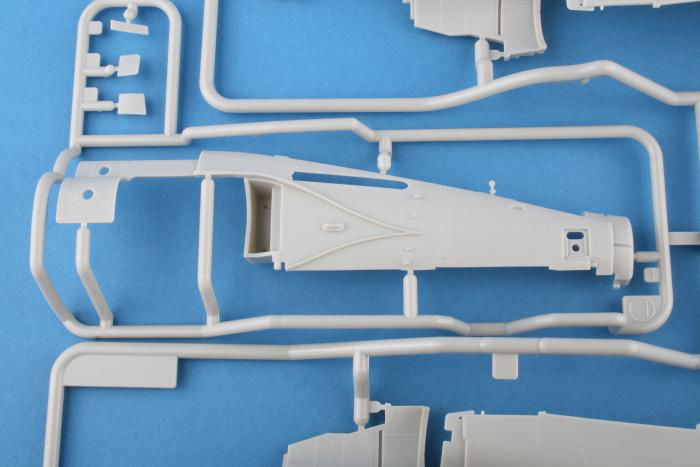

Tamiya has arguably provided the most accurate F-4B cockpit to date, with the correct ‘filled’ rear cockpit sidewall (due to the refuelling probe) and angled console. Close comparison of the interior with reference photos indicates just a late F-4B can be built out of the box, with slight differences in the electronic countermeasures fit replicated using optional rear instrument panels. These are mirrored by the provision of late-style antenna fairings at the nose and tail, plus the air-to-air missile selection, which has the AIM-9D Sidewinder and AIM-7E Sparrow – earlier airframes would have changed antennas on the fin (not present in this pre-production sample) and been equipped with the AIM-9B Sidewinder. There are no air-to-ground munitions included, and although ‘clean’ outer pylons are offered as an alternative to outer hardpoint drop tanks, there is no such option for the centreline, which just has a fuel tank. Curiously (and despite the inability to build an early F-4B), both slotted and unslotted horizontal stabilisers are included: the former being applicable to a late airframe as depicted in the kit.
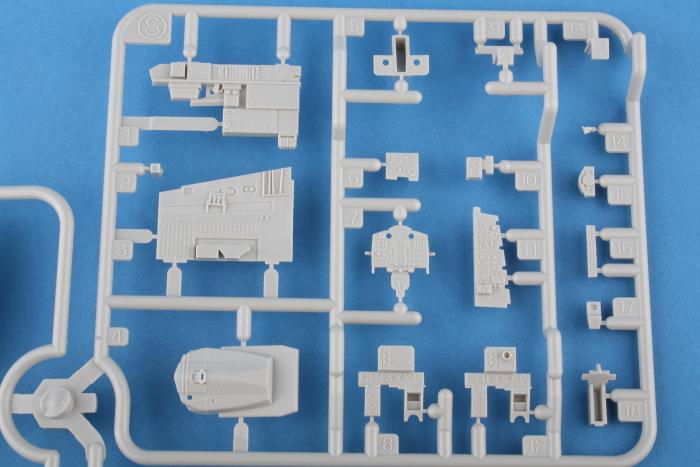
Tamiya’s excellent engineering is apparent throughout, and not just with the fuselage section. Panels near the exhaust nozzles fit perfectly, while the main undercarriage bay walls, engine auxiliary vent area and airbrake bays are represented by a single part that doubles as a spar, to ensure a rigid wing structure. Similar finesse is on display with the full-length air intakes and jet pipes, while complex elements such as the upper air intake vents are supplied separately. Notably, one of the kit’s highlights is the superb representation of the splitter plate diffuser panel, with indentations so fine they are almost invisible.
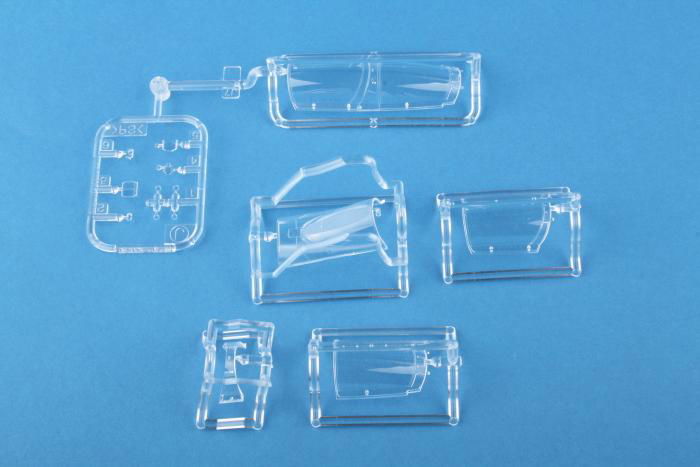
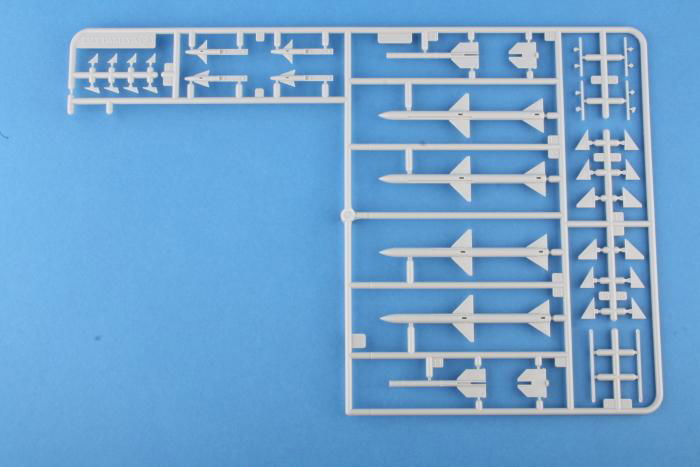
Three markings options will be included in production releases, with typical colourful early-1970s schemes for US Navy Carrier Air Group and squadron commander airframes such as VF-51 ‘Screaming Eagles’, VF-111 ‘Sundowners’ and VF-161 ‘Chargers’. All wear the period's standard Light Gull Gray over White.
